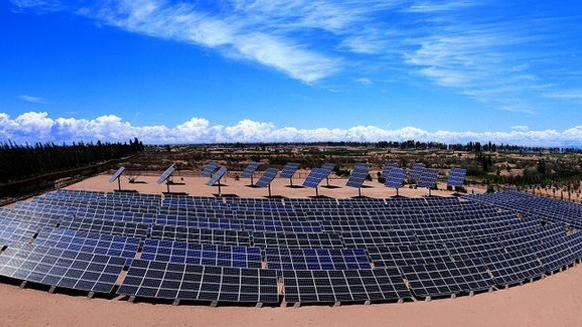Analysis of Causes of Failure of DC Trunk Cables in Solar System
The DC trunk line is the transmission line from the solar module system to the inverter after being converged by the combiner box. If the inverter is the heart of the entire square array system, then the DC mains system is the aorta. Because the DC trunk line system adopts an ungrounded solution, if the cable has a ground fault, it will cause much greater damage to the system and even the equipment than AC. Therefore, photovoltaic system engineers have a better understanding of DC trunk cables than other industries. Engineers are more cautious. Comprehensive analysis of various cable accidents, we conclude that cable ground faults account for 90-95% of the entire cable fault.
There are three main causes of ground faults.
First, the cable manufacturing defect is a non-conforming product;
Second, the operating environment is harsh, naturally aging, and damaged by external forces;
Third, the installation is not standardized and the wiring is rough.
The root cause of the ground fault is only one --- the insulation material of the cable.

The operating environment of the DC trunk line of solar power plants is relatively harsh. my country's large-scale ground-based power stations are generally located in the west. These places are generally deserts, saline-alkali soils, and large temperature differences during the day. The rodent damage is also serious, and the environment is also very humid. For cables buried in the ground, the requirements for filling and digging of cable trenches are relatively high; the operating environment of distributed power station cables is not better than that of the above ground. The cables will withstand very high temperatures, and the roof temperature can even reach 100-110℃. The high temperature, the fire-retardant requirements of the cable, and the high temperature have a great influence on the insulation breakdown voltage of the cable.





